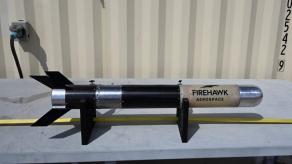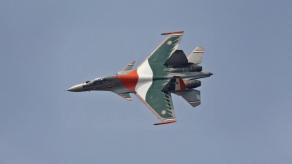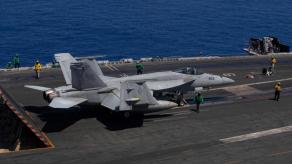Transition to night missile attacks is quite unusual of russia. Except for the very first day of invasion of Ukraine, russians used this tactic only two times during the war: initially, on February 16 this year, and then overnight March 9 with the extensive use of Kh-22 and Kh-47 cruise missiles.
Still, the total attack of 68 air- and sea-launched missiles featured 48 missiles of Kh-101, Kh-555 and Kalibr types. Such a use of cruise missiles, especially when it comes to Kh-101, has some nuances. But first, let us remind how cruise missiles navigate themselves during an attack in general.
Read more: Ukraine Has Suffered Another russia’s Massive Missile Attack This Night
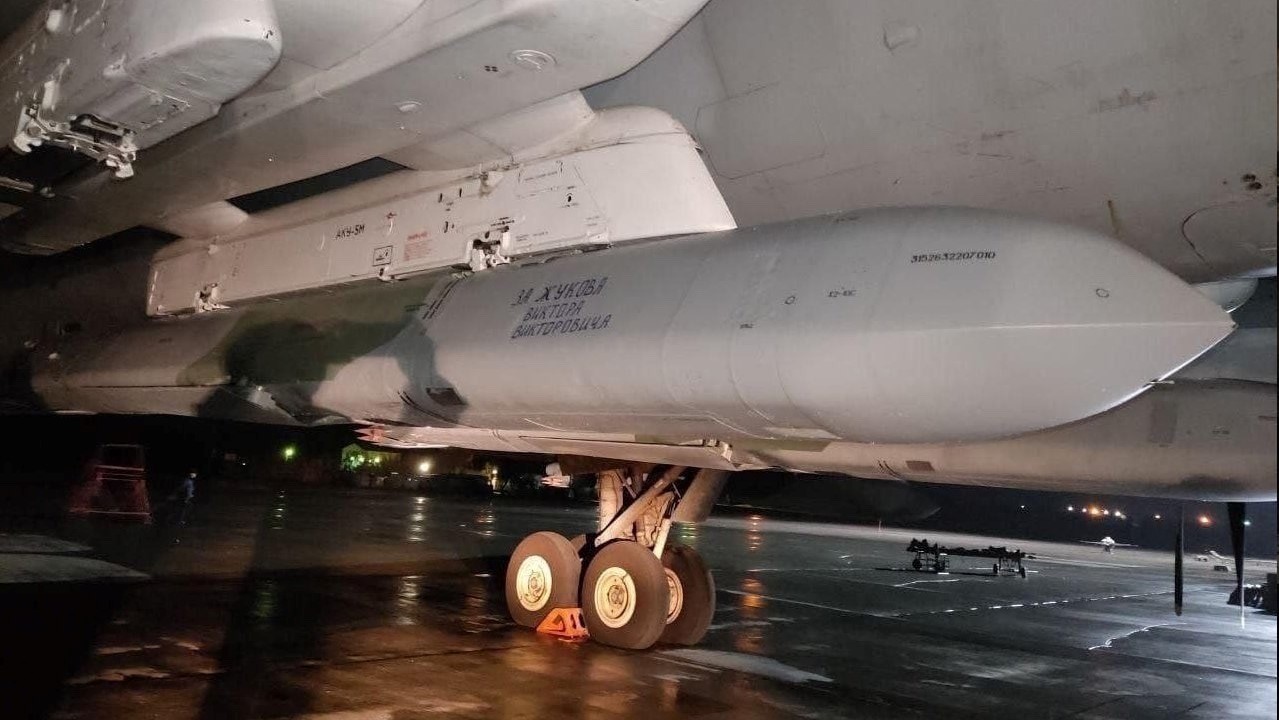
Actually, cruise missiles have a combined guidance system, which consists of four independent components. We should also note that when the Soviet Union developed its own cruise missiles, and the russian federation later modernized them, they used the same principles as in American cruise missiles.
The basic one is the inertial guidance system, the idea is that the missile knows its exact coordinates during launch, and then finds out its current position based on calculations of speed, time, direction and other parameters. This system has rather low accuracy due to the errors that occur and overlap during the time of operation. Even the most advanced technologies have an error rate of about 3 meters accuracy waste per minute of flight, for more archaic systems this indicator is 2.5 to 3 times higher. That is, a missile with the most advanced inertial system alone has an error of more than half a kilometer after three hours in the air.
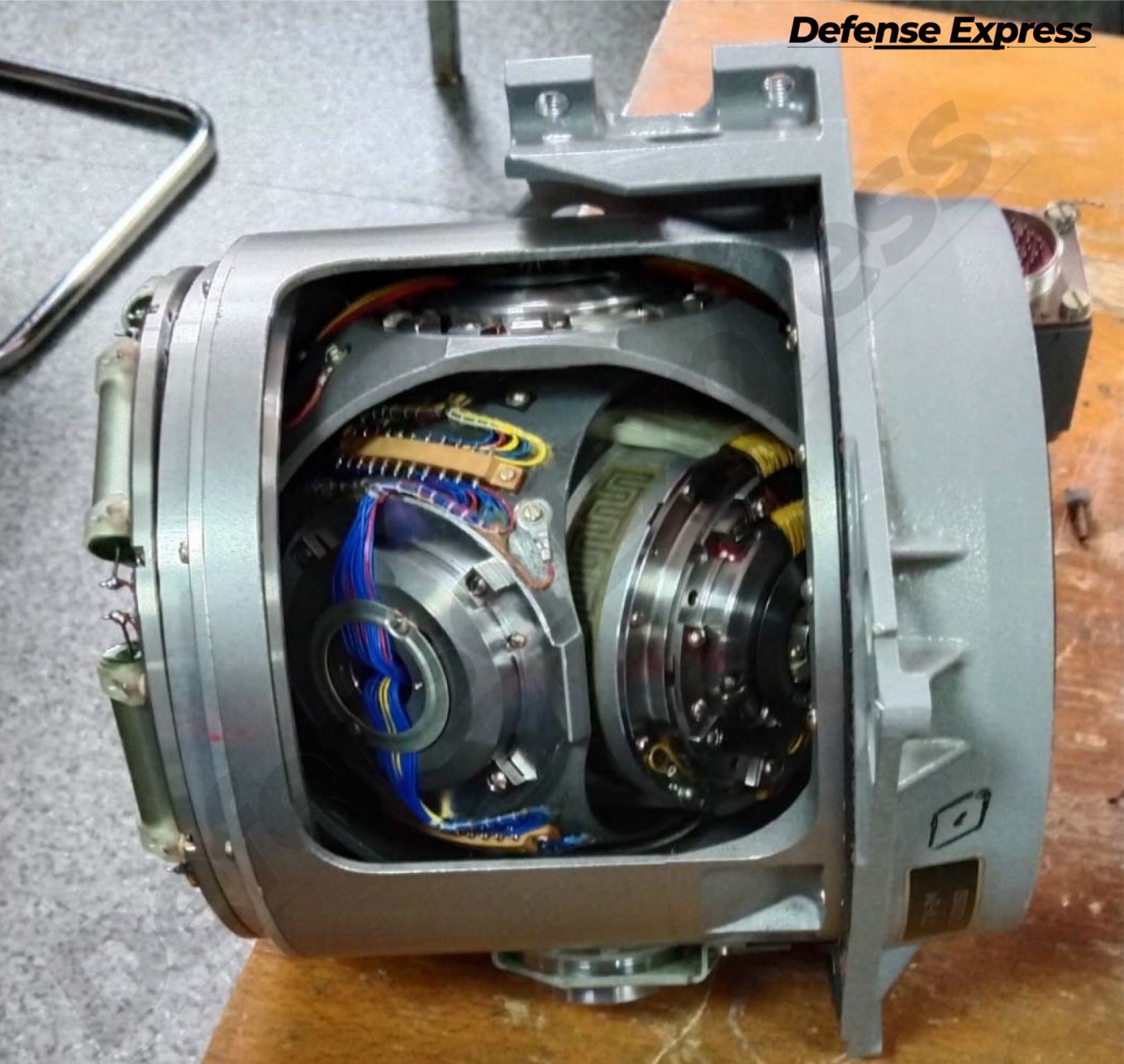
That is why a cruise missile uses satellite guidance as well which allows it to receive precise coordinates throughout the flight. But of course it faces a problem when encounters EW systems that can suppress satellite signals. Therefore, this mechanism is not absolutely reliable either. Furthermore, there was a time cruise missiles were fine without it since they had TERCOM – another kind of guidance system.
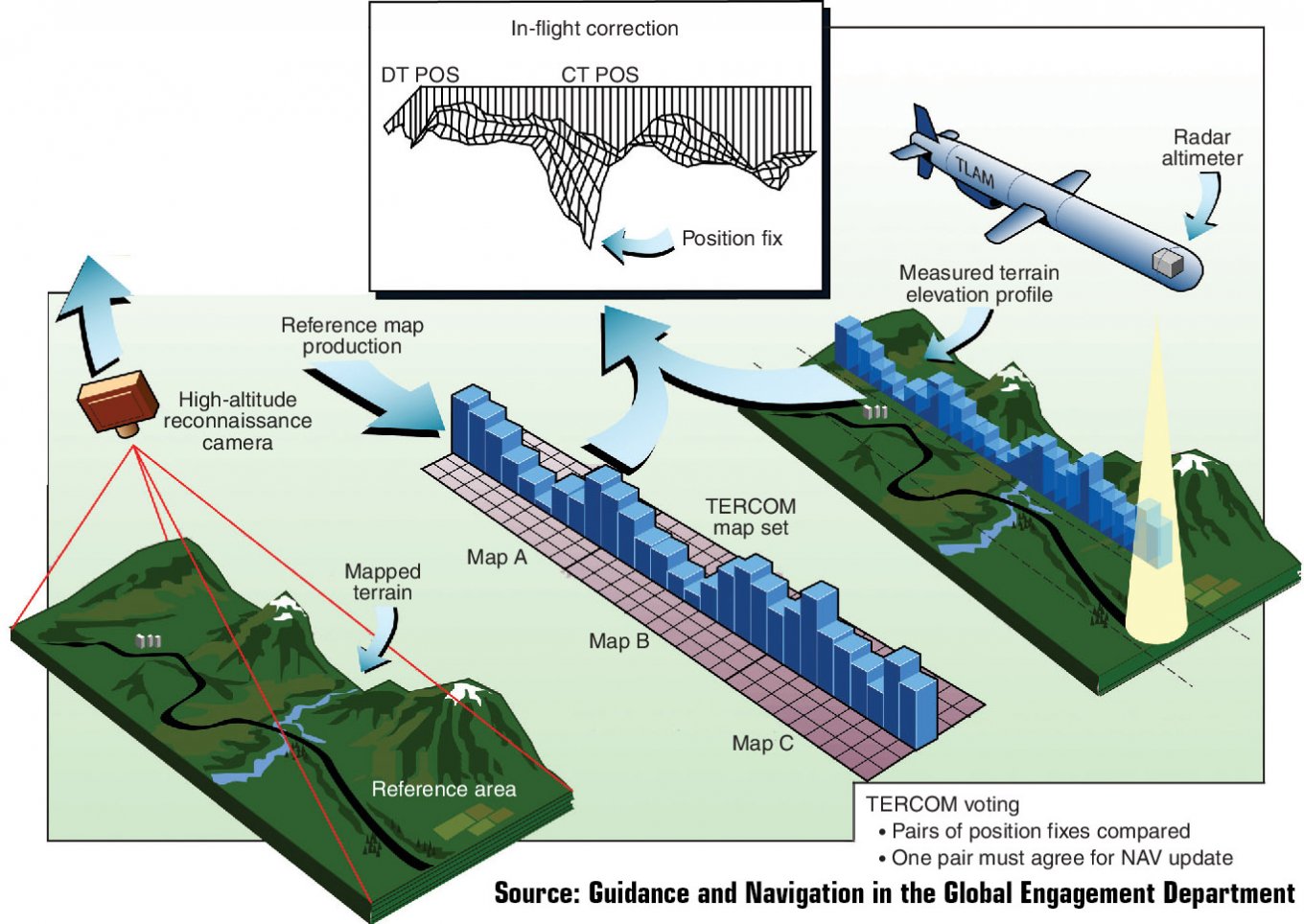
The principle of TERCOM is that a missile is constantly scanning the ground underneath with a radar altimeter and thus receives data about the terrain. These data are compared to the reference model pre-loaded in the missile's memory which is bound to exact coordinates. Simply put, the missile "knows" that at some point, it has to be in a certain area with a characteristic terrain. Having compared the surface with the reference, this guidance system can update its current coordinates and eliminate the error in the inertial system.
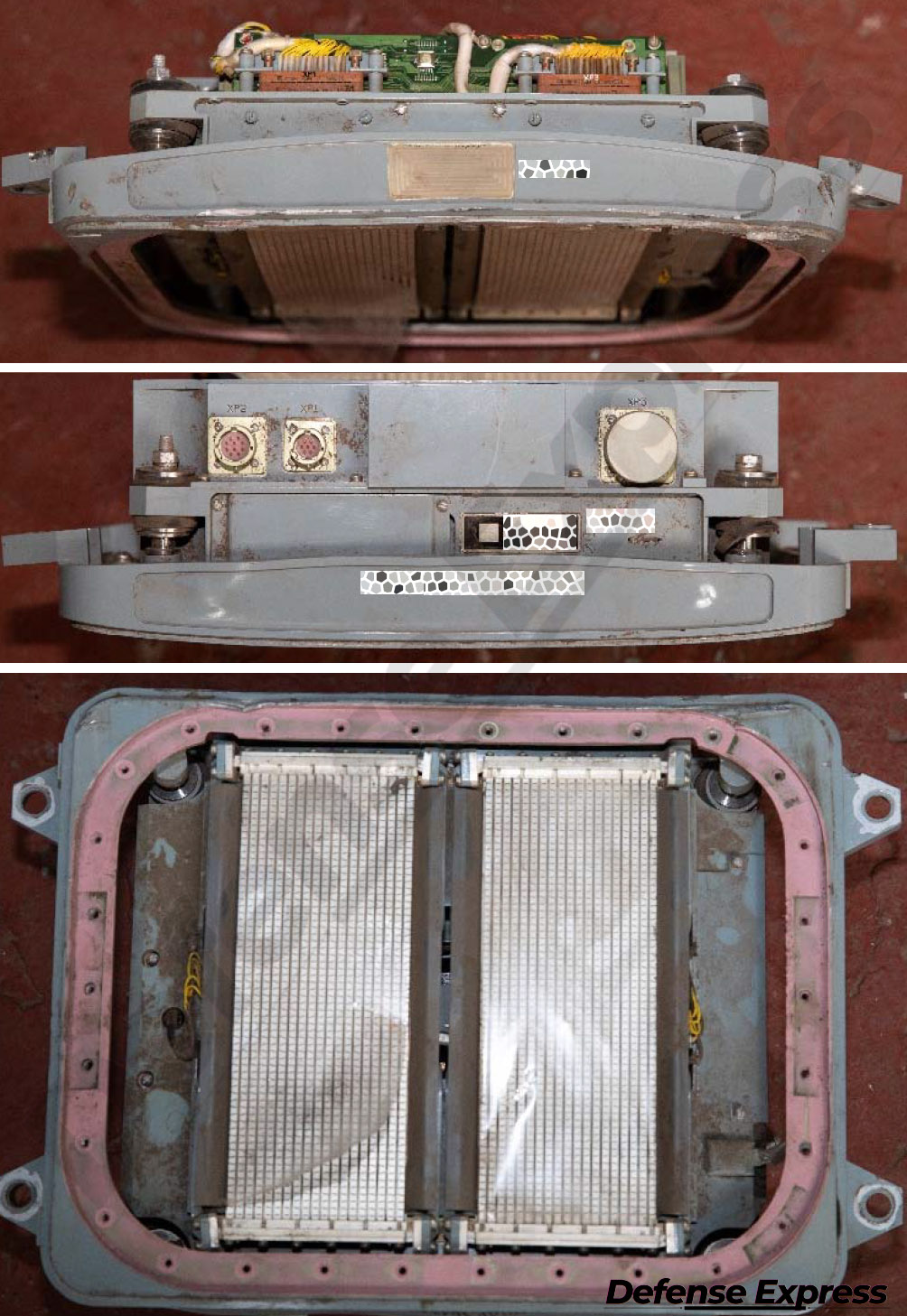
However, TERCOM has a serious flaw: the terrain needs to be indeed characteristic, with altitude differences, or it will show degraded performance above monotonous surface. To mitigate this flaw, the DSMAC system was developed. This one uses optical measurement to compare the imagery with the reference. It allowed to use areas with characteristic objects, e.g. crossroads, as reference points.

DSMAC, in turn, relies on the quality of imagery: both the reference ones and the ones it takes mid-flight. It depends on the level of illumination, the season, and even the specific time of day due to the different length of shadows. But at night, DSMAC practically does not work, and therefore a cruise missile equipped with this system has a lower effectiveness in the dark compared to when it's used during daytime.

We should note that there is confirmed information that the Kh-101 uses both a recently upgraded DSMAC and a TERCOM system, while the Kh-555 and Kalibr have only TERCOM. As for why the russians switched to night attacks, there are two most probable explanations.
The Armed Forces of Ukraine have become quite effective in destroying cruise missiles with man-portable missiles. These launchers can only be used when a soldier sees the target, which is only possible during the day. So the russians had to choose, whether to keep launching cruise missiles during daytime and have them taken down by Ukrainians or forget about the DSMAC and lay the routes through the areas where TERCOM is effective.
Another possible variant is that the russians simply cannot use DSMAC anyway because of the poor quality of their technology or lack of relevant reference images.
Read more: Russia Upgraded the Kh-101 Missiles With Special Traps to Break Through Ukraine's Air Defense, But With a Strange Logic









